According to scientists, an ancient virus preserved in the glaciers of the Arctic could be set to wreak havoc on humanity due to melting ice caps.
Just like the “zombie” Puthovirus sibericum virus discovered in ice back in 2014, ancient pathogens lie dormant in frozen ice around the world and could potentially spread to humans and animals, causing a severe pandemic in the future.
Ancient Pathogen Released into the World’s Oceans
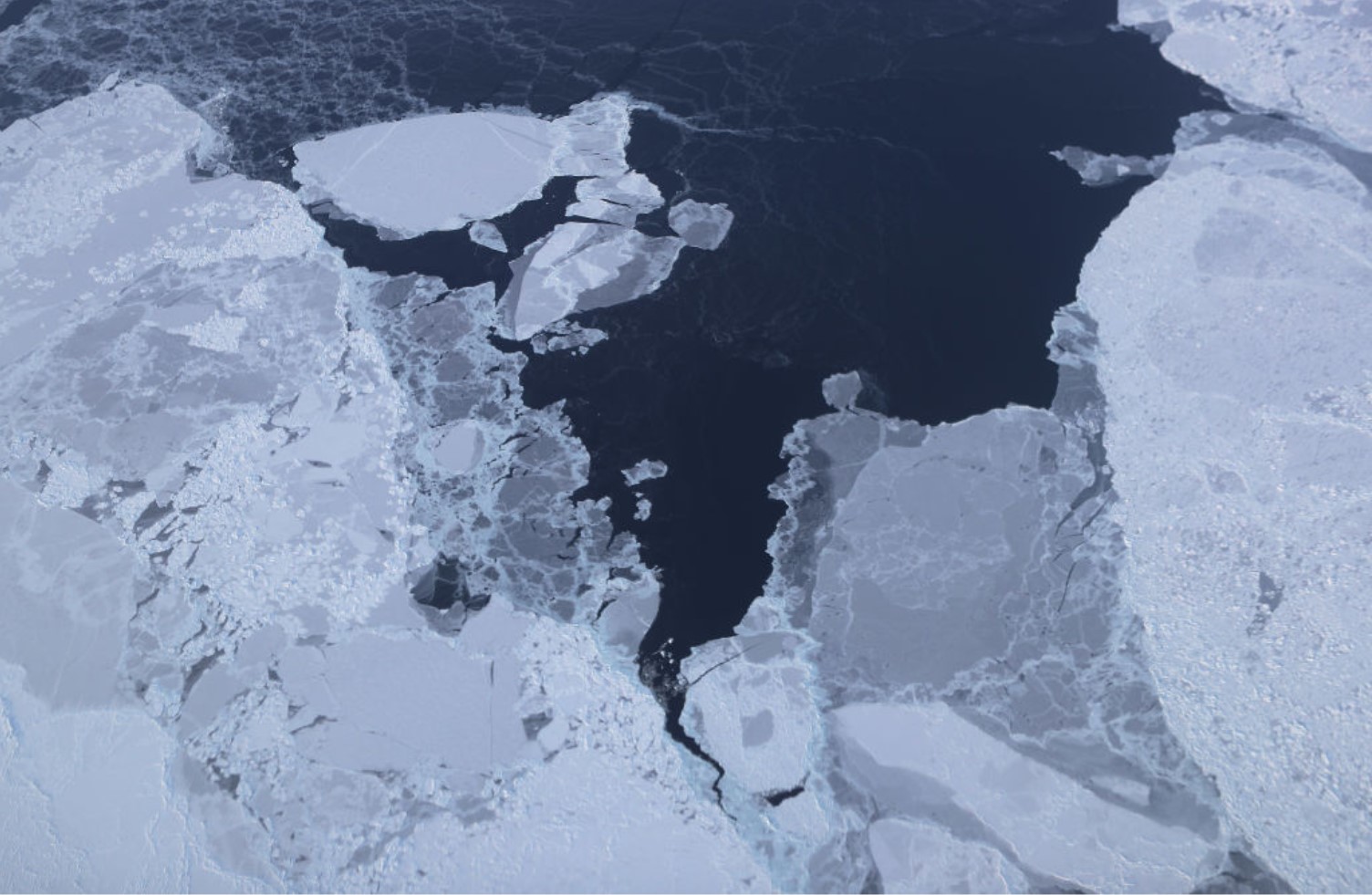
Earth’s climate continues to warm at unprecedented rates, and as it does, the polar glaciers begin to melt and release vast amounts of fresh water into our oceans.
While this has numerous adverse effects, scientists claim that four sextillion (4,000,000,000,000,000,000,000) microorganisms will enter the water, and with them, the chances of previously undiscovered and dangerous diseases and viruses.
Will These Viruses Turn Us Into Zombies?
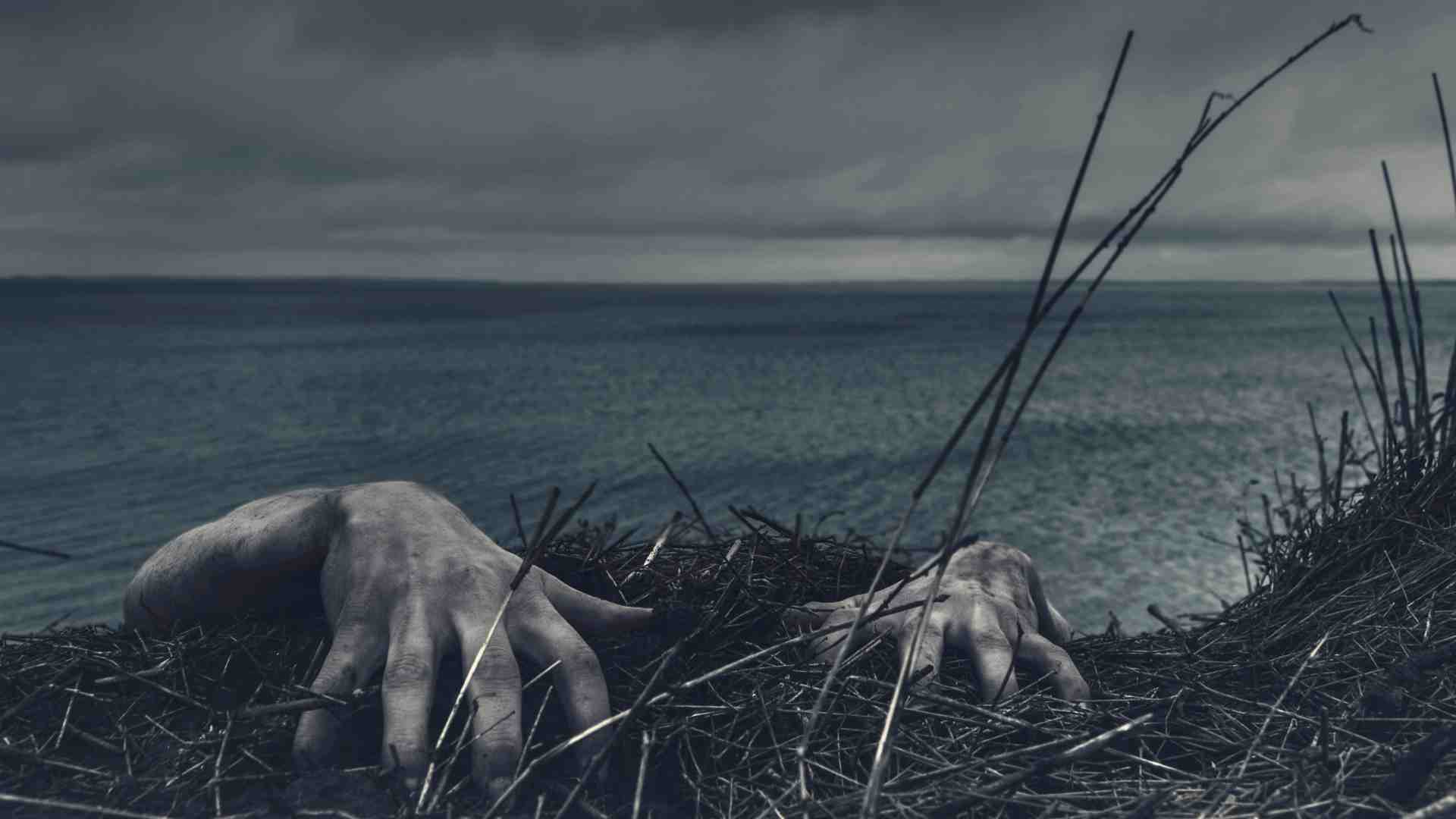
Despite the scary name, the types of ‘zombie viruses’ trapped in melting glaciers are not of the science fiction variety.
Instead, the name refers to how viruses can ‘come back to life’ after being suspended in frozen animation for thousands of years. While they present a very real threat to life on the planet, odds are people won’t have to worry about them causing a ‘George Romero’ situation.
Are There Real Life Viruses That Can Reanimate the Dead?

Fortunately, (or unfortunately) there are no viruses that can reanimate corpses to create shambling, walking, real-life zombies. However, there is something similar in nature. A fungus called Ophiocordyceps unilateralis, or cordyceps has a peculiar life cycle that is eerily similar to a horror film.
This fungus infects a host like an ant or spider and manipulates its body to do its bidding. The fungus will “move” the infected host into a more suitable climate where the fungus can grow spores and reproduce. After the spores are created, the fungus will move the host to a high elevation to disperse the spores.
Danger to Our Immune Systems

Because the viruses waking up from melting glaciers are so old, human immune systems may not have adequate protection to defend against them.
For many of the illnesses that have plagued humanity in our recent history, we had time to develop countermeasures. However, with these long-forgotten viruses potentially being millions of years old, all of our accumulated anti-viral experience may not be enough to prevent a new pandemic.
Are Humans at Risk of Exposure?

One might think that since these viruses are coming from Arctic glaciers, there isn’t a big risk for human civilizations to come into contact with them.
While that may have been true in the past, human industry and trade have recently been expanding into the area in a big way. Arctic ice melt has created a huge opportunity for new mining sites to be discovered and new trade routes to be mapped out that just wasn’t possible before.
The Artic North is a Treasure Trove
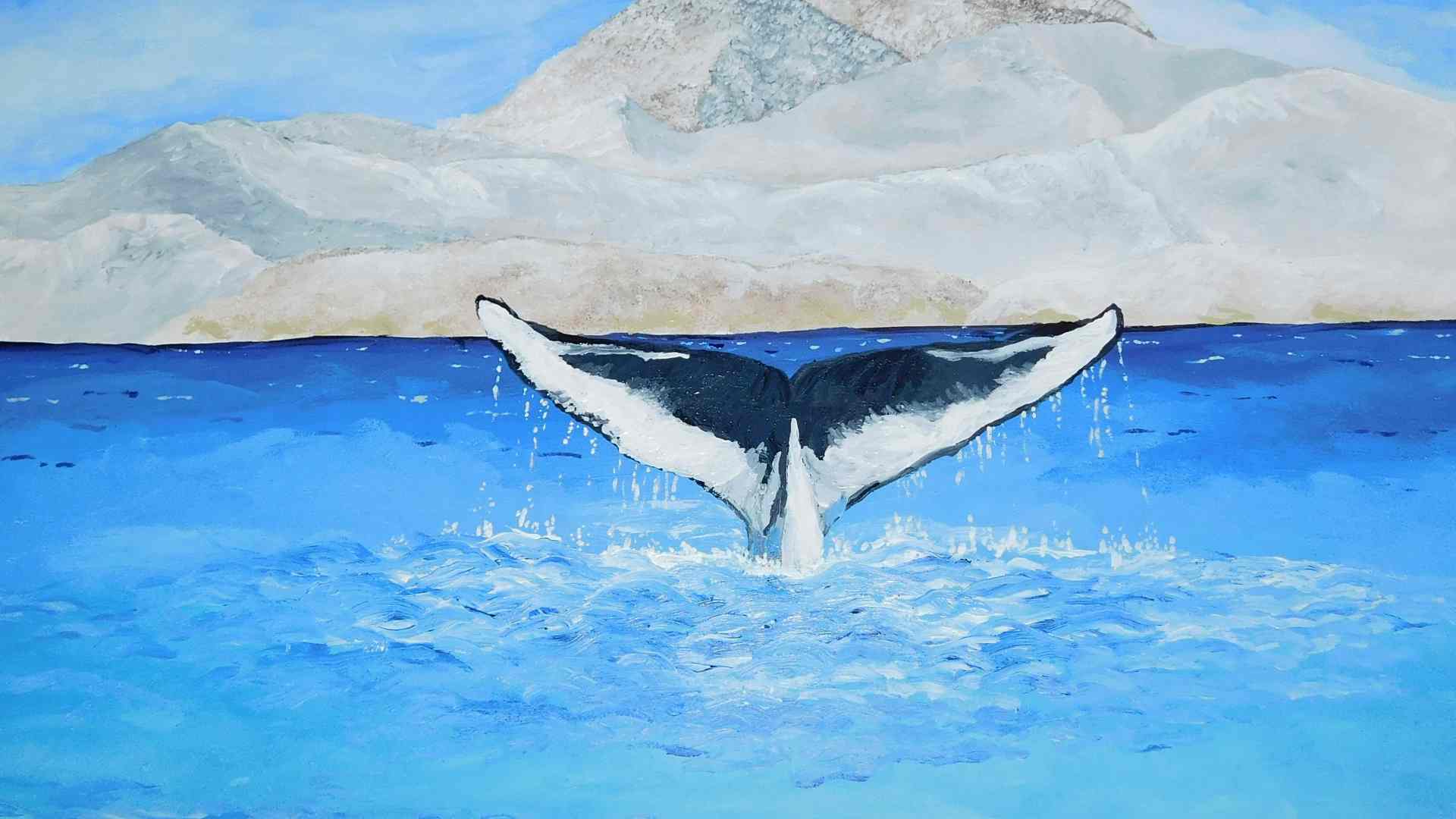
Nations that make their home in the Arctic North are gearing up for a new wave of investment as the lucrative, world-class deposits of valuable minerals, oil, and gas are being discovered.
Geographical reported in 2022 that this area is one of the final frontiers of resources that humans have yet to fully exploit. There is potential for a modern gold rush as many countries seek to shore up energy concerns in their regions.
Scientists’ Attempt to Access Potential Risks

No team of researchers has been able to say for sure what risks could be associated with such an immense amount of microorganisms being released into the world’s oceans.
However, a recent paper published by a group of scientists in the journal PLOS Computational Biology attempts to predict the ecological risks associated with the bacteria.
What Is the Risk of a Full-Blown Human Pandemic?
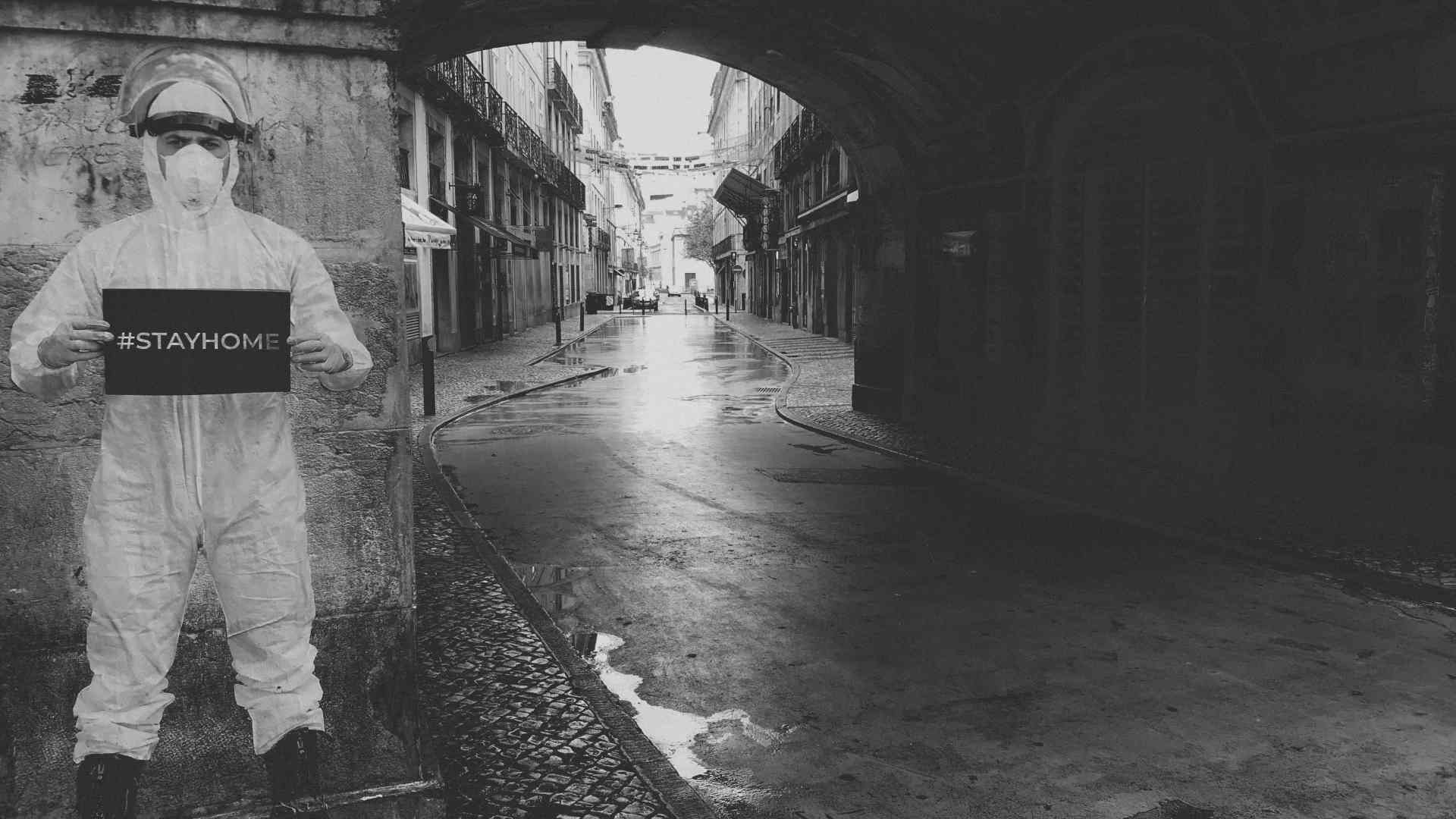
While researchers are concerned about the potential of what these viruses are capable of, its hard to evaluate the risk. In an interview with Medical News Today, Dr. William Schaffner, a professor of preventive medicine outlined the variables that decreased the likelihood.
“I think it’s rather remote, but it’s there,” he said. “You would have to, first of all, have the virus still be able to be resuscitated, right? And it would have to be in some fashion transmitted to a human being. Then, of course, the virus would have to have the inherent capacity to be transmitted readily from person to person. So you have a series of steps, if you will, that has to take place before that could happen.”
Ancient Viruses Buried in the Arctic
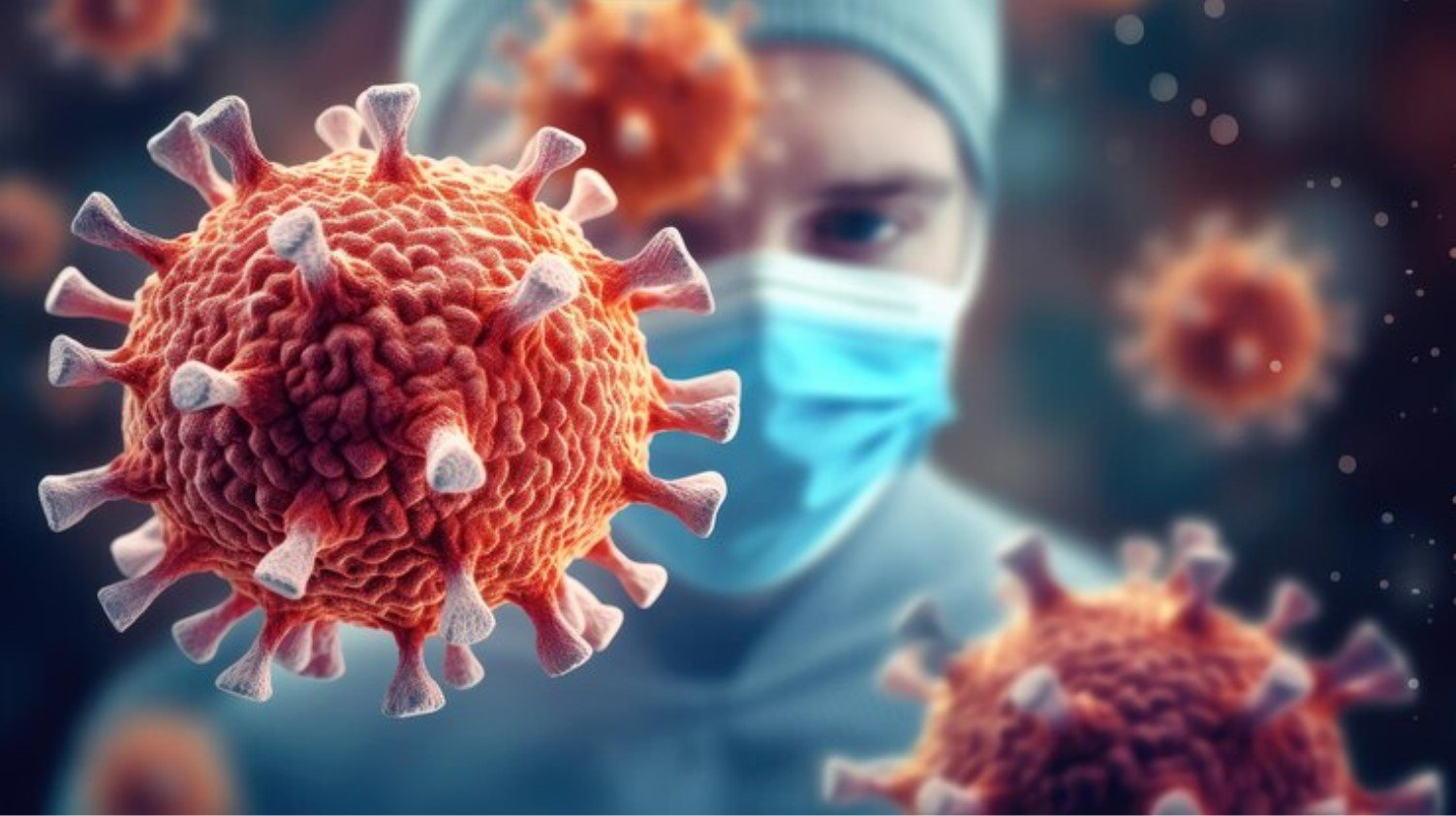
Many of the worries associated with the frozen microorganisms stem from the idea that they harbor ancient pathogens frozen for thousands of years.
According to simulations carried out by the paper’s publishers, 1% of the dormant viruses can potentially cause severe environmental damage to modern bacteria.
Live Viruses Found in 2014 and 2015

The first live viruses extracted from permafrost occurred in 2014, according to Bloomberg. A study published in the journal Viruses in 2023 identified a total of 13 mega viruses with the potential to infect humans, but there have been no additional reports about live viruses since two studies in 2014 and 2015.
At this point, the possibility of these nasty mega viruses becoming active is theoretical territory.
Releasing an Ancient Pathogen into the Modern World

The scientists conducted their simulations on Avida, an open-source artificial life software program that aims to study potential evolutionary outcomes.
Using this program, the scientists ran predictions that simulated what could happen if one of the ancient pathogens was released into modern biological communities.
AI’s Role in Virology

The development of AI technology will play a crucial role in the future of the practical study of viruses. Science Daily reported in 2023 about a machine learning system being developed by Scripps Research.
The scientists working on this system hope that it will be able to give out early warning signs and predict potential pandemics so governments don’t have to wait for symptoms to start showing up to take action.
The Results of the Simulation

The Avida team then carried out thousands of simulations in which they attempted to measure the impact of invading pathogens on diverse host bacteria from the modern era.
Many of the outcomes saw the invading pathogens survive and even evolve under certain circumstances.
Worrying Results for Scientists

The simulation left scientists worried after it suggested the pathogen became dominant in around 3% of the outcomes.
This means the pathogen would undoubtedly affect the modern host bacteria in a real-world scenario.
Worst Case Scenario
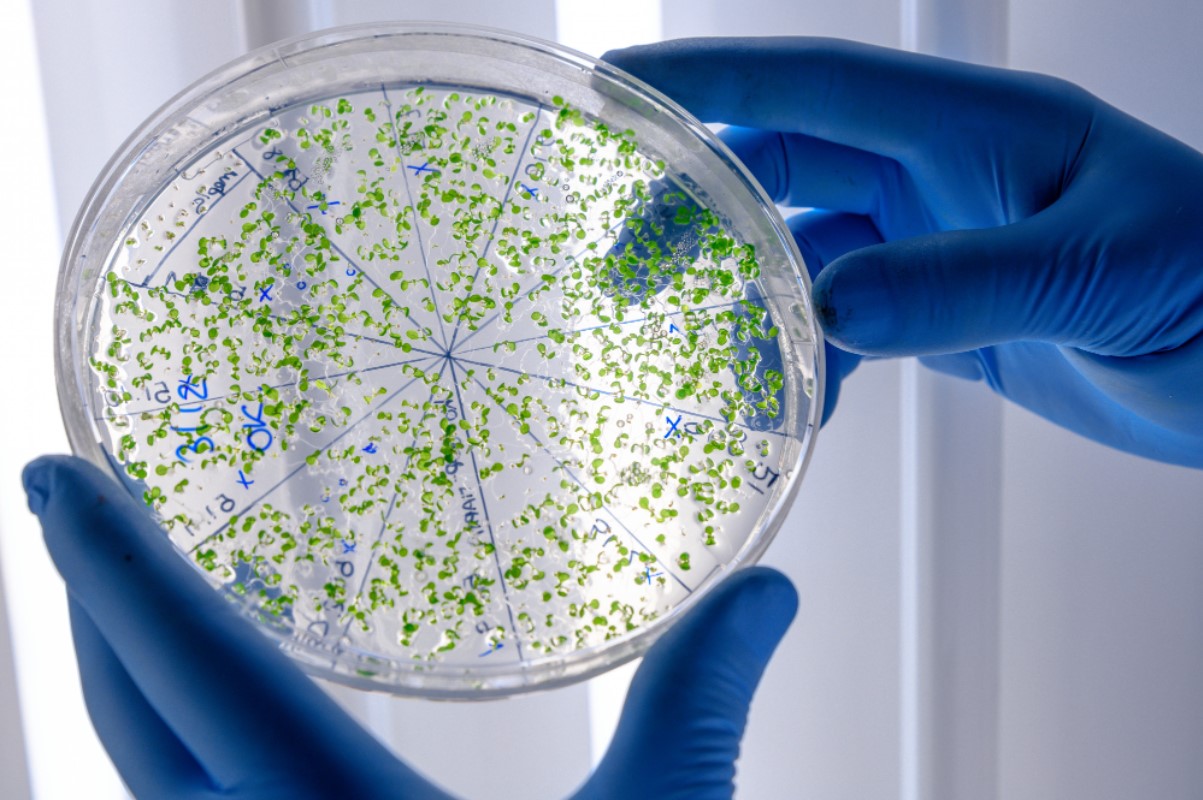
While it’s doubtful, the scientists behind the paper did speak about the worst-case scenario.
Such a scenario saw the pathogen multiply so dramatically that it reduced the modern host bacteria by as much as 30%.
Substantial Danger in the Future

Even though the possibility of this singular pathogen wreaking havoc on modern hosts remains relatively low, this is but one of many ancient pathogens that could be released.
With an enormous number of microorganisms lying dormant in the ice of the world’s poles, a dangerous outbreak in the future is certainly a possibility, according to scientists.
Potential Danger to Humans
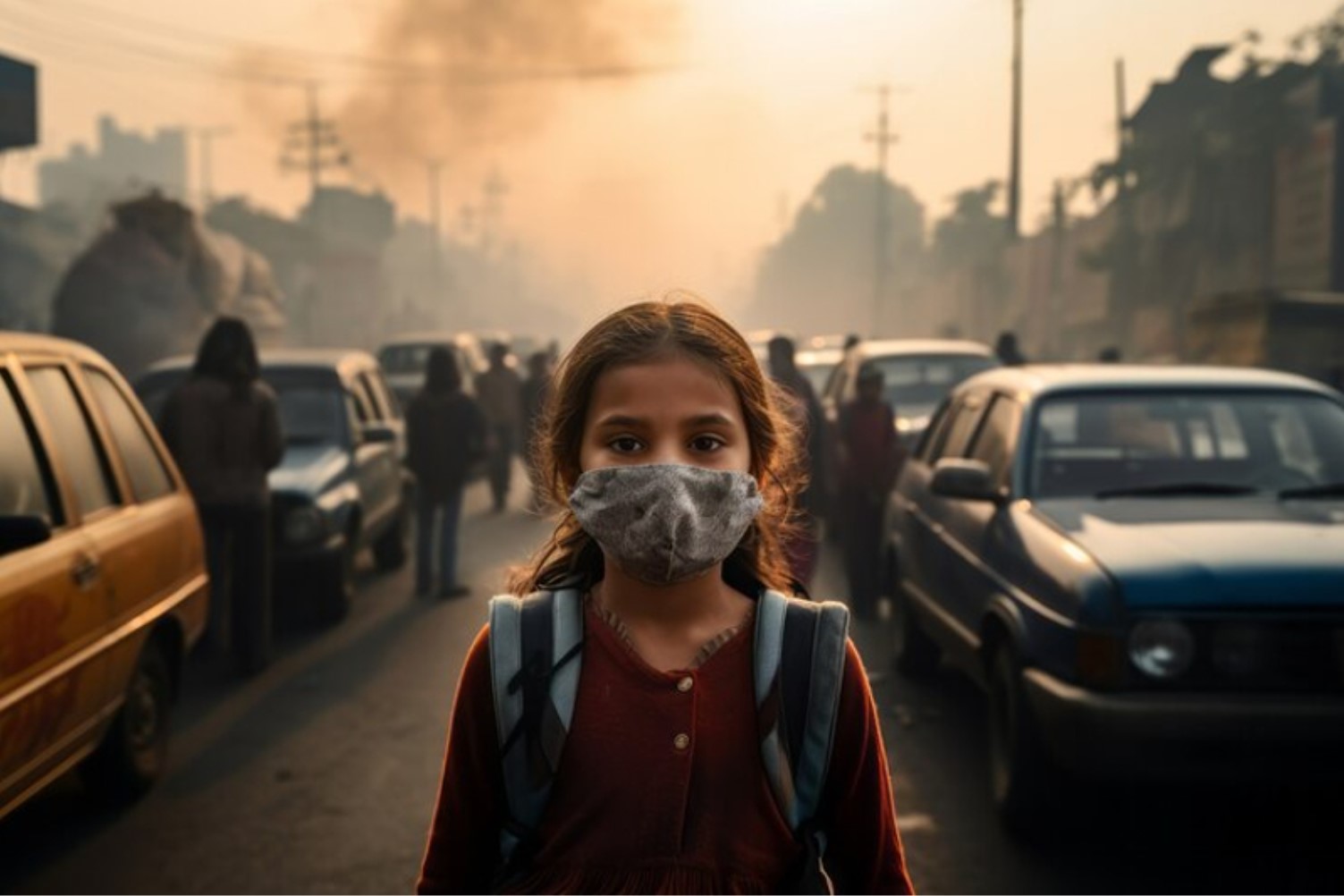
The scientists admit they didn’t use the simulation to test potential risks against humanity from the dormant pathogens.
However, the fact that the simulation predicted the possibility of the ancient bacteria dominating a host community is quite daunting.
No Longer a Fantasy

According to scientists, a virus that currently lies dormant in the melting ice of the Arctic could potentially attack humanity, spreading through a zoonotic pathway.
While the chances are low, the researchers believe humanity can no longer write off such a scenario as a fantasy.
Threat to Wildlife
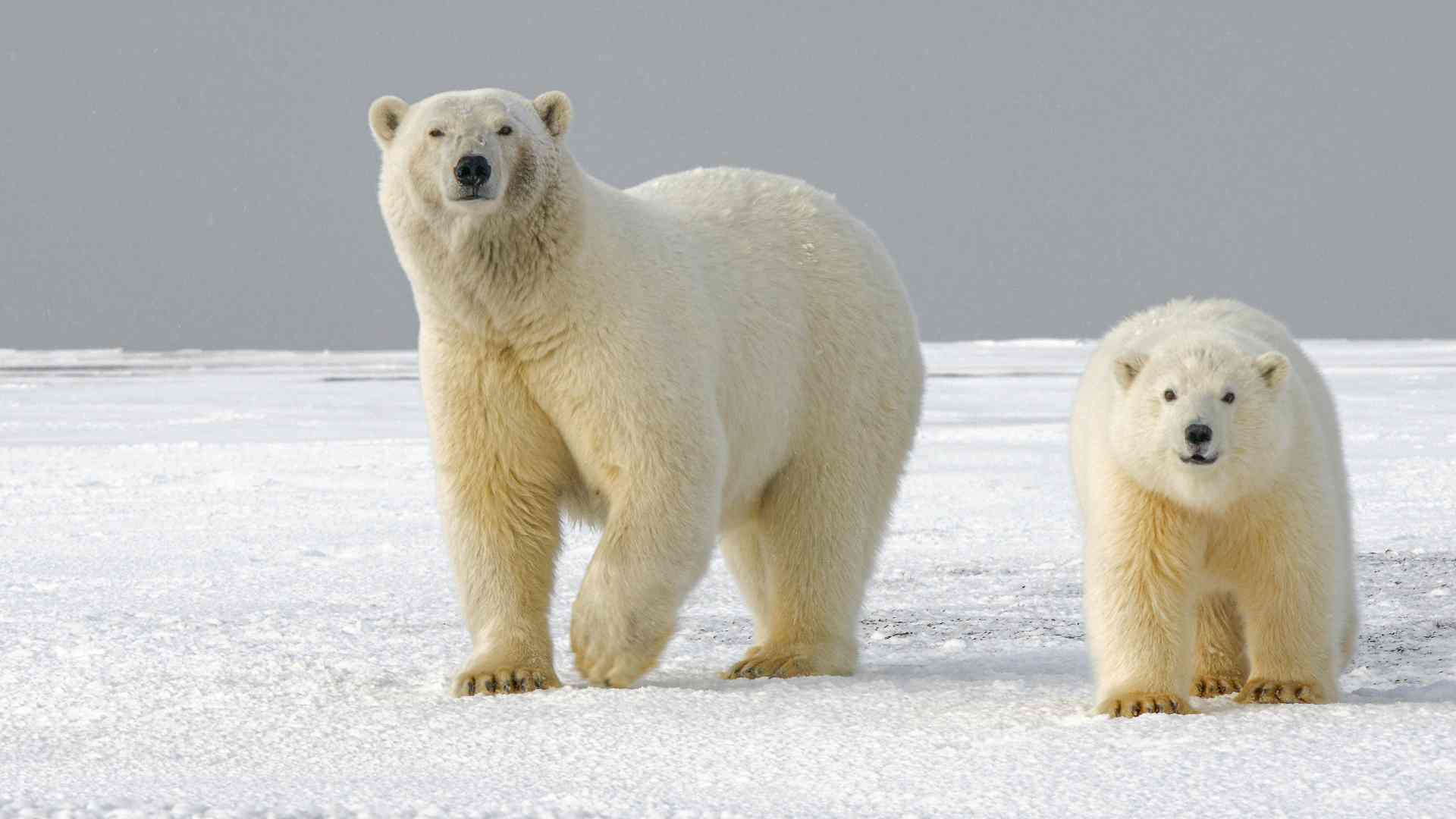
While many are concerned about the potential threat to humanity, there is also a risk these viruses could spread to the local wildlife populations as well.
As the Earth experiences the throes of global warming, more animal populations will move into the Arctic that previously couldn’t make their home there. As animals migrate more to suit the new climate, this creates a greater area where disease can spread.
Animals Trapped in the Ice
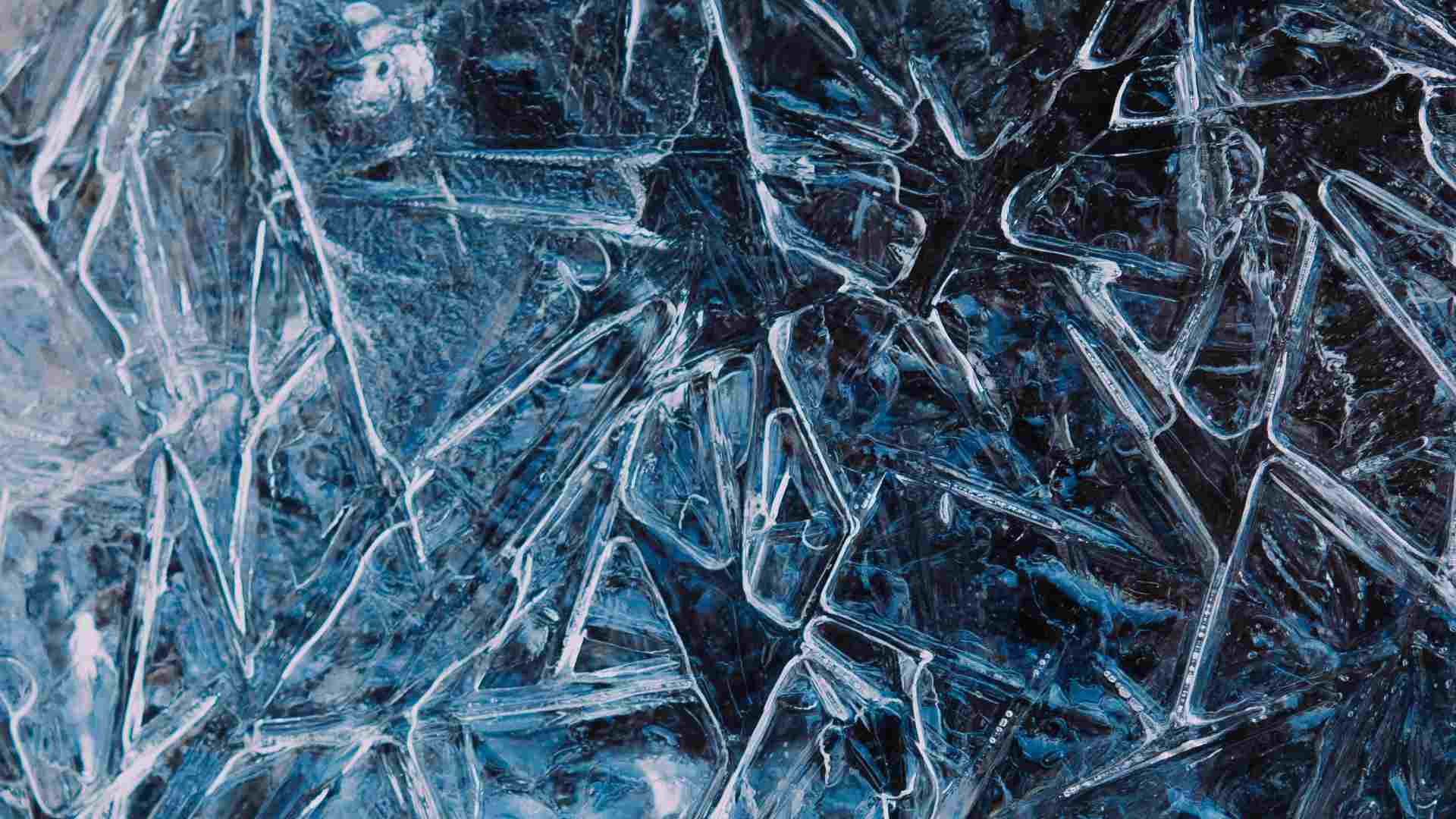
Another important consideration that researchers are looking into is the potential for viruses to be hidden inside the corpses of animals who found themselves trapped in permafrost.
Scientists are still unsure of the full extent of what viruses are suspended in frozen animation in the Arctic. It is suspected that some them are deadly human diseases from animals who carried them into the region before getting trapped in ice.
Increased Ice Melting Will Make the Problem Worse

Scientists only expect the melting of ice in the Arctic to continue in the foreseeable future. Every season that goes by represents further sheets of previously isolated virus samples trapped in ice to be dumped into the Arctic Ocean.
According to the World Wildlife Fund, Artic sea ice is being lost at a rate of 13% every decade.
What Can Be Done?
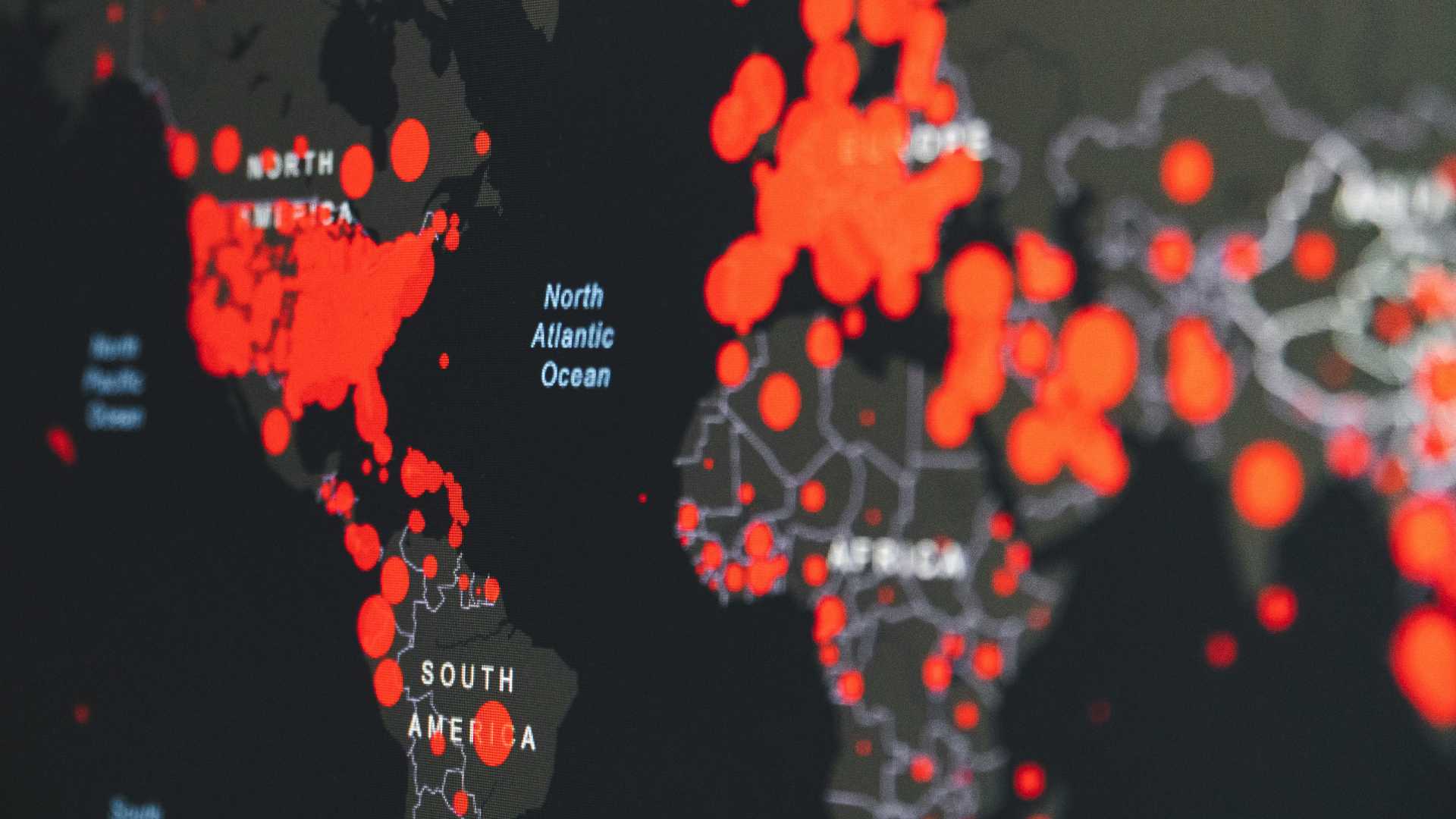
Unfortunately, as the climate shifts further beyond human ability to reverse the temperature trend, humanity has to hope and pray the worst doesn’t happen.
While it would take a confluence of different factors to set the stage for an ancient virus to reemerge as a pandemic in the modern day, we get closer to that point as time goes on.
Preparing for the Worst Case Scenario

The scientists argue that society must begin to understand the potential risks associated with ancient pathogens if they wish to stand a chance against a potential outbreak.
Just like COVID-19 and SARS-CoV-2, researchers must begin to study and understand the potential frozen pathogens before the virus spreads around the world.








































